An accident involving a work platform isn't a theoretical risk —it can happen at any time, often suddenly and unexpectedly. This makes it all the more important to be prepared.
Because if you know what to do in an emergency, who can help and where the limits lie, you will not only save material but also human lives.
This article shows which types of accidents occur in practice when working with mobile elevating work platforms, which immediate measures really help - and what is important at great heights when conventional escape routes are no longer sufficient.
What are the most common accidents involving work platforms?
Aerial work platforms are considered safe and sophisticated – provided they are used correctly. Even seemingly minor errors such as an unclearly planned route, an overlooked uneven floor, or a lack of safety equipment in the cage can have serious consequences.
Common causes of accidents
- Falling from the basket – e.g. due to unsecured persons, unexpected movements or incorrect operation
- Collisions with fixed objects – for example, when swiveling near hall ceilings, pipes or facades
- Crushing – especially when climbing up in tight spaces, such as between roof edges or beams
- Tilting of the stage – for example on soft ground or when driving on a trailer to transport the platform, tilted position or excessive lateral load
- Traffic accidents during driving – e.g. at the depot or due to poor visibility when reversing
- Technical failures without emergency lowering option – particularly critical when the telescope is extended
- Working near power lines – too close a distance to overhead lines or live parts can lead to life-threatening arcs
- Weather and wind load – with winds exceeding Beaufort 6, rain or snow, the risk of accidents increases significantly, especially when the boom is extended
Almost all of these situations aren't caused by defects—rather, they're caused by operator errors , lack of instruction, or insufficient preparation. And that's precisely what makes them avoidable.

Note: When working near high-voltage lines, the prescribed safety distances must be observed.
Danger to life when approaching! Even without direct contact, arcing can occur – always keep a sufficient distance, depending on the voltage level.

Safety instructions for using a scissor lift – warnings about tipping hazards, falls, crushing injuries and improper handling.
Who can help in an emergency – and how quickly?
In an emergency, every minute counts. But depending on the situation, the question "Who can help?" isn't as easy to answer as it sounds.
Immediate help from colleagues
In the event of a fall from the basket or a collision, first aid must always be provided by colleagues present – ideally by trained persons with first aid training.
Anyone who witnessed the accident should act quickly, but should not attempt any risky rescue attempts .
If a person on the platform is unconscious or incapacitated, it is crucial that at least one colleague can operate the emergency lowering device . Without this capability, the situation quickly becomes critical – especially at great heights.
Rescue by fire brigade or height rescue
At working heights of up to approximately 23 meters , the fire department can often provide support with a DLK 23/12 turntable ladder or an aerial rescue vehicle with a rescue cage . These systems are designed for conventional building rescues and are operational in most cities.
Some professional fire departments also have specialized equipment for greater heights —such as aerial rescue vehicles with working ranges of 30 to 42 meters . However, such equipment is not available everywhere and is usually not available for rapid technical assistance on construction sites .
At heights of 70 meters and more – as is the case with telescopic platforms or truck-mounted work platforms in industrial use – conventional rescue systems almost always reach their limits.
Even a rope-assisted height rescue by the fire service or the Federal Agency for Technical Relief (THW) is only realistic in these cases under ideal conditions – for example, with stable building access, sufficient time, and a secure rope structure. This is particularly difficult to implement on open construction sites or when working on facades.
In practice, rescue at high altitudes is therefore usually carried out using a second platform of the same class.
For this purpose, a stage rental company is called in to provide a compatible or identical stage at short notice. This can be used to directly approach the affected platform, secure the person, and return in a controlled manner.
When height becomes a problem – and why preparation is everything
What many underestimate: The higher the platform, the more limited the rescue options . And the further the platform is extended, the more time, technology, and experience a safe rescue requires.
At heights above 30 meters, external rescue using standard equipment is generally no longer possible.
This means that anyone who works there must be protected internally – through:
- trained operators with emergency lowering knowledge
- clear communication between operator and ground staff
- stable radio connection or intercom
- planned rescue strategy before the basket even takes off
Without these measures, every breakdown becomes a real problem – and every accident potentially life-threatening.
What to do in case of a fall, crushing or collision?
The first reaction is decisive. Not just technically, but humanly.
When falling out of the basket
Immediately call for medical help, do not move the injured person, secure the area.
Avoid any movement of the device until the position is stable.
In case of bruising
Stop the machine immediately. Stop moving the platform – the risk of crushing increases with further movement. Maintain visual contact, reassure the person, and call emergency services.
In case of collision with a structure
Secure personnel, stop the platform, and assess its condition. If necessary, slowly reverse the movement to relieve pressure on trapped structures. Then document the damage, abort the operation, and have the equipment checked.
In case of tipping or imminent collapse
Stop the platform immediately, cease all movements, and call emergency services. Never attempt to "reverse" the device. Only experienced personnel or special forces may intervene.
And what about PPE? Will it help in an emergency?
Personal protective equipment against falls from a height (PPE) is not a panacea – but it saves lives.
Anyone working at height without PPE risks falling from the basket in the event of any sudden movement, jerking or technical malfunction.
Many fatal accidents occur because the securing point was present but not used.
Remember: PPE must also be worn and secured correctly. In an emergency, it will protect you from being ejected from the basket or falling over the edge of the platform while swinging.
Why hanging in the belt quickly becomes a problem
But even with properly worn and secured personal protective equipment, the situation becomes critical after just a few minutes of hanging in a harness . The body becomes trapped in the harness, blood pools in the legs, and circulation collapses – this is known as suspension trauma . After just 10 to 15 minutes, the condition can become life-threatening, especially if the injured person is unconscious.
That's why it's not enough to just wear PPE - you also need a realistic rescue strategy that ensures that a response can be made within minutes .
The greater the working height, the more important it is to clarify before the operation who will do what in an emergency – and how quickly a second platform or alternative rescue is available.
Responsibility: Who bears it – and what is different about rental equipment?
The responsibility for safe use always lies with the operator – i.e. the company that uses the work platform.
But what many underestimate: This responsibility does not change just because the stage is rented.
Own work platforms
Anyone who owns a work platform and uses it in their own company is fully responsible for it – from selection to maintenance to rescue strategy.
The DGUV stipulates that:
- all operators have a valid operator ID card
- Instructions are regularly documented
- the site is checked and secured
- suitable PPE is available and used
- in an emergency, a practical rescue is possible
There are no excuses here – every step is the responsibility of the contractor or the person commissioned.
Rented work platforms
With rented stages, this responsibility is often overlooked. Many think: "The stage has been checked – so I'm out."
False. The landlord is responsible for the technical condition upon handover – but not for safe use on site .
This means: Even with a rented stage, you as the operator must ensure that
- your employees have been instructed
- the PPE has been tested and is used correctly
- the emergency release is mastered
- a realistic rescue concept exists
If one of these elements is missing, it can not only lead to serious accidents in an emergency, but also to legal consequences - regardless of whether the stage belongs to you or not.
Remember: Anyone who uses a work platform assumes responsibility. Renting does not release you from responsibility.
Preparation for deployment: Clear agreements avoid uncertainty
Safe stage operations require clear communication.
Many accidents occur because there is no agreement about who does what and when. Especially with changing teams, narrow access roads, or sensitive work areas, it is helpful to briefly clarify the following points before the deployment:
- Who operates the stage?
- Who is on the ground to provide support in case of visibility or emergencies?
- How is communication done – radio, eye contact or signs?
- Who is responsible in an emergency?
These agreements only take a few minutes – but in case of doubt they decide on safety and speed of action.
Conclusion: Those who work at the top must be prepared at the bottom
An accident involving a work platform is not an isolated incident – it affects the entire environment: operators, colleagues, operations management and, in the worst case, rescue workers.
The higher you work, the sooner you have to deal with the issue of security.
Therefore:
- Plan your deployment technically and personnel-wise
- Clarify emergency release and communication channels in advance
- Never work without PPE!
- And don’t rely on luck – rely on the system
- Rent work platforms from the experts


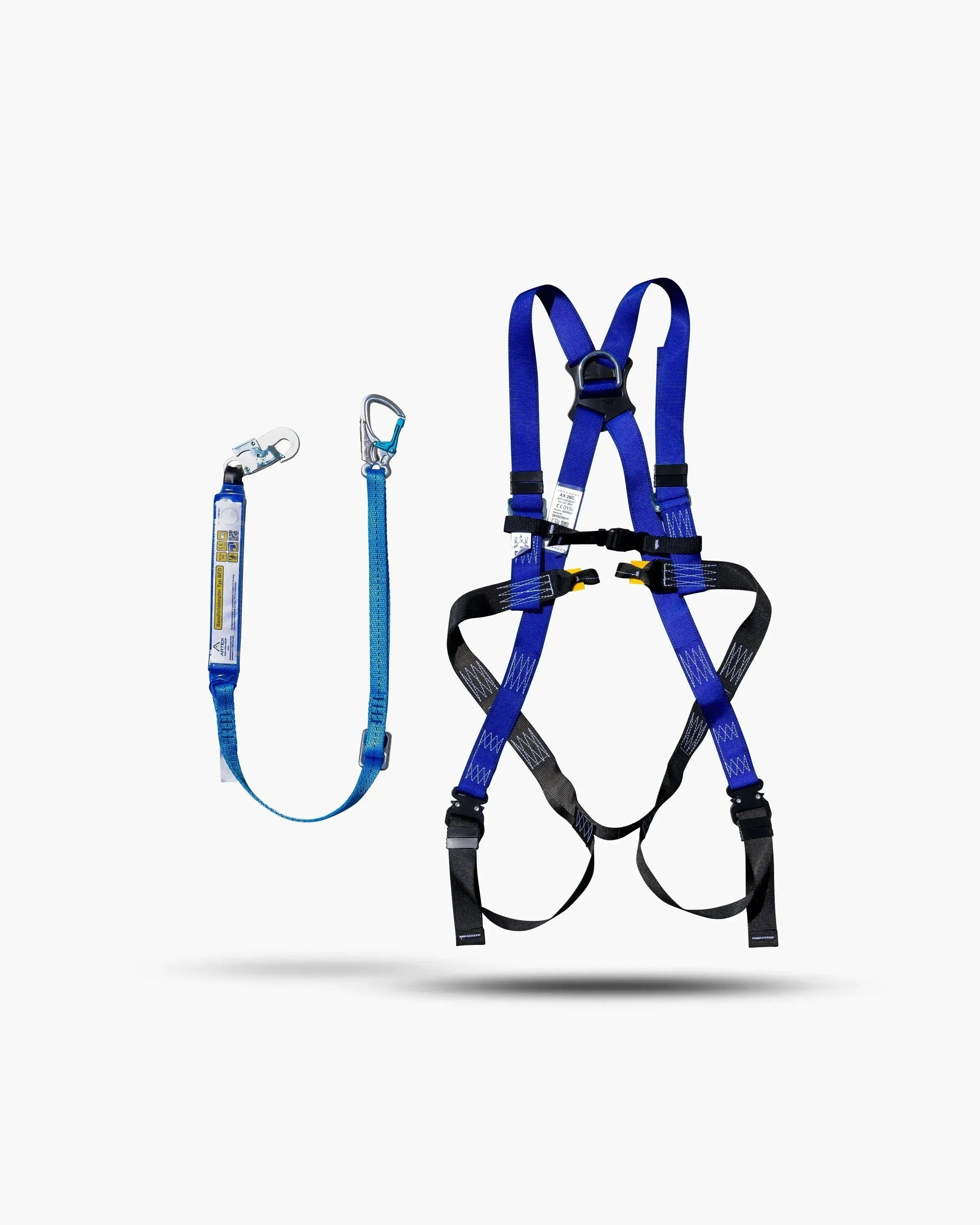




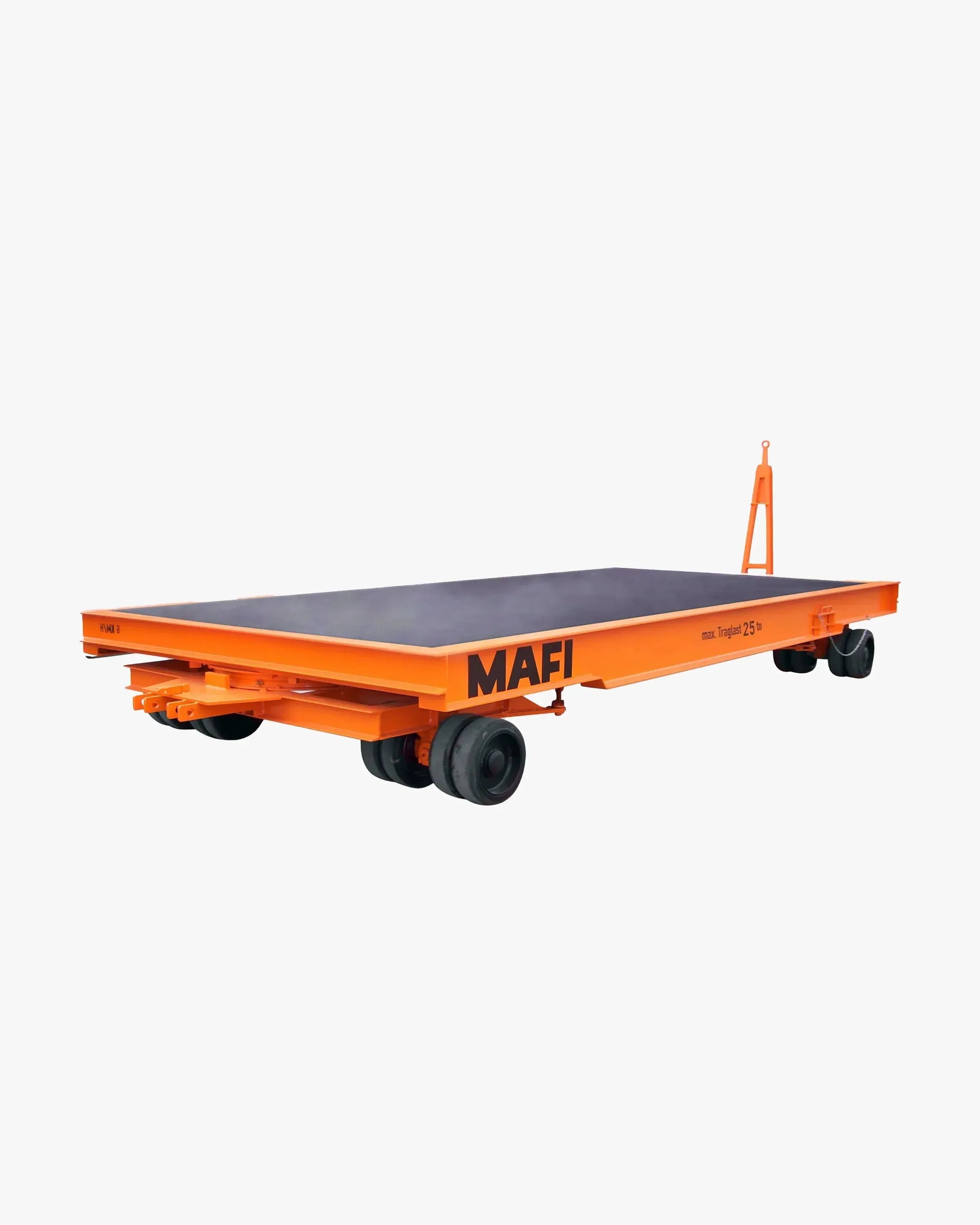
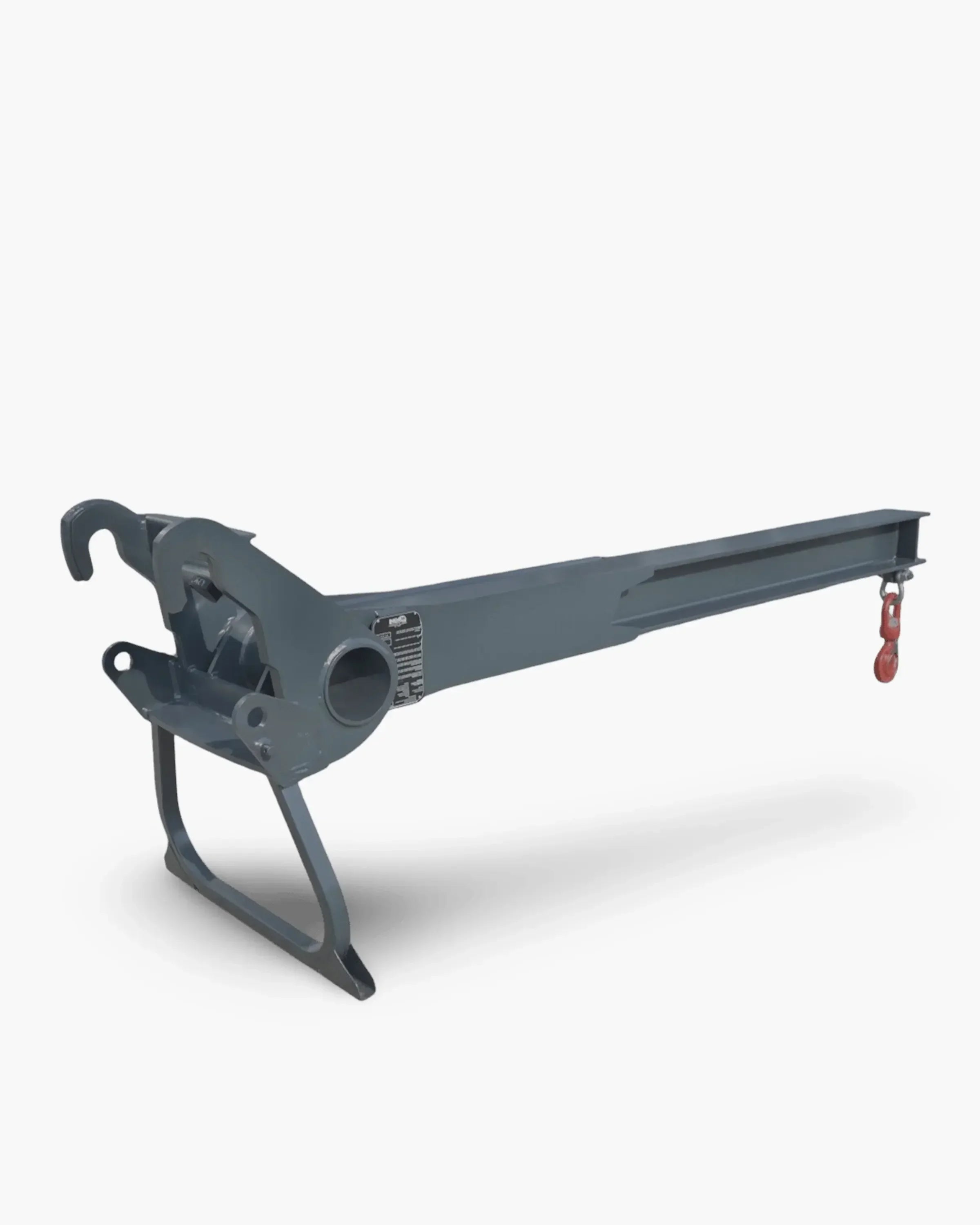
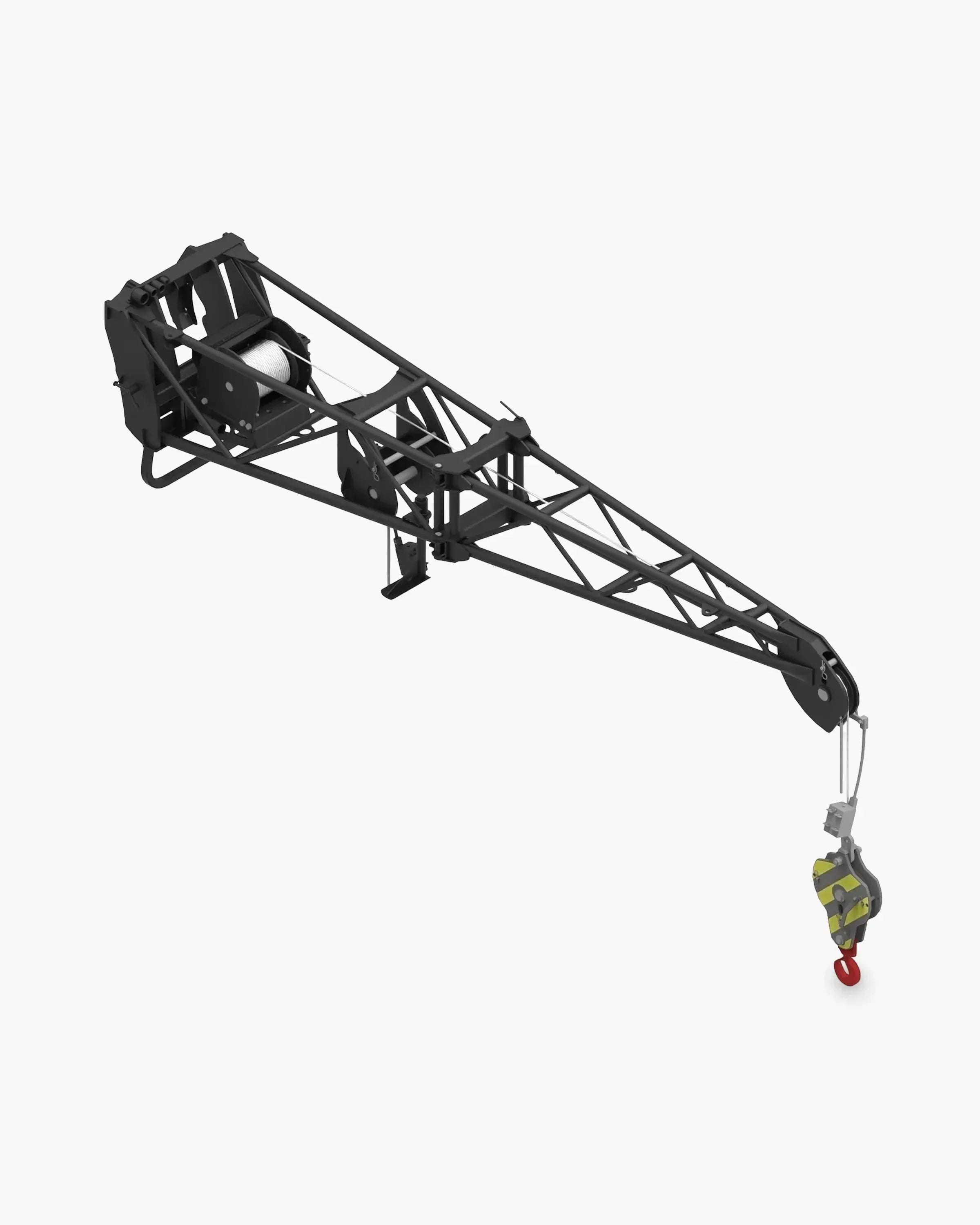
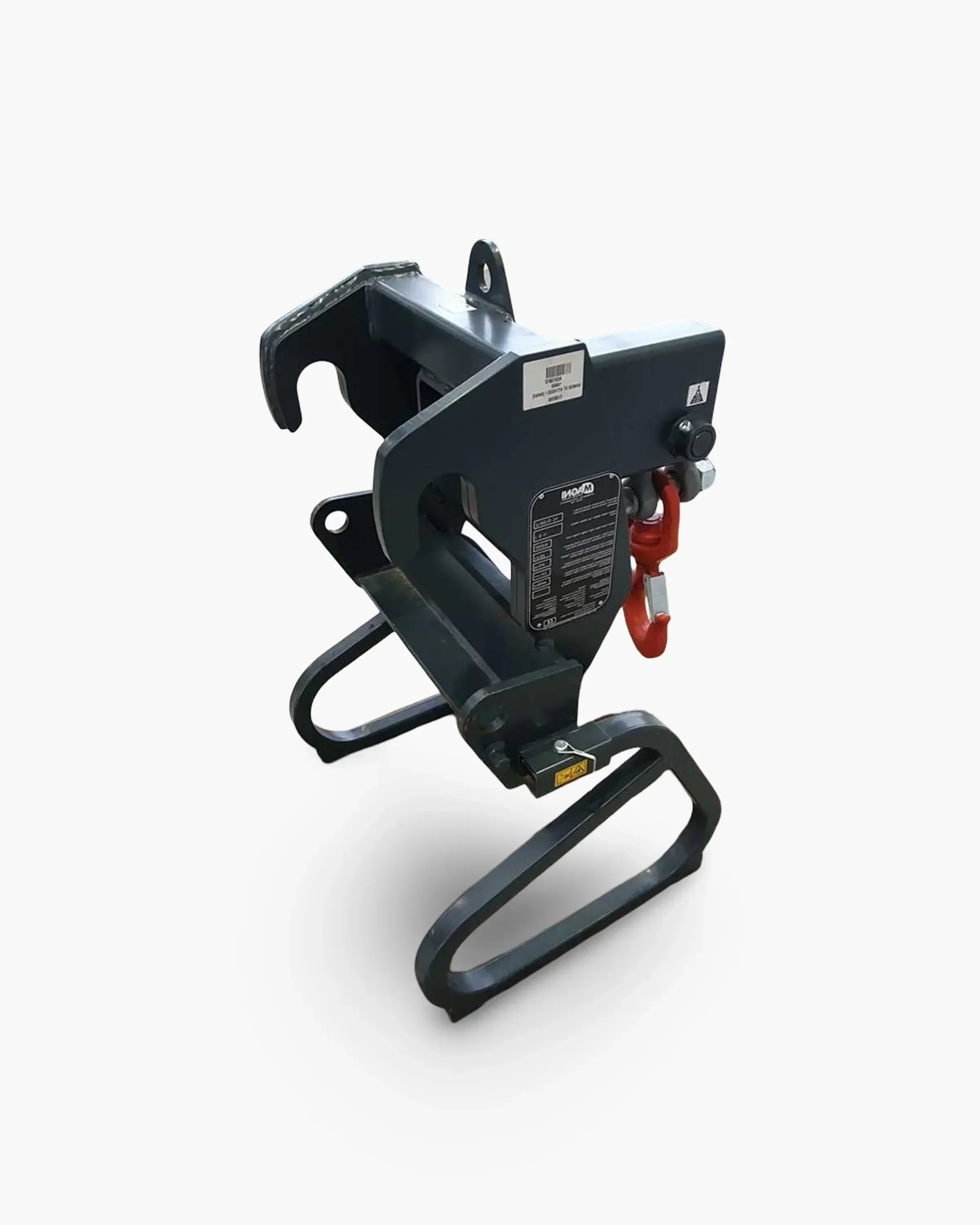

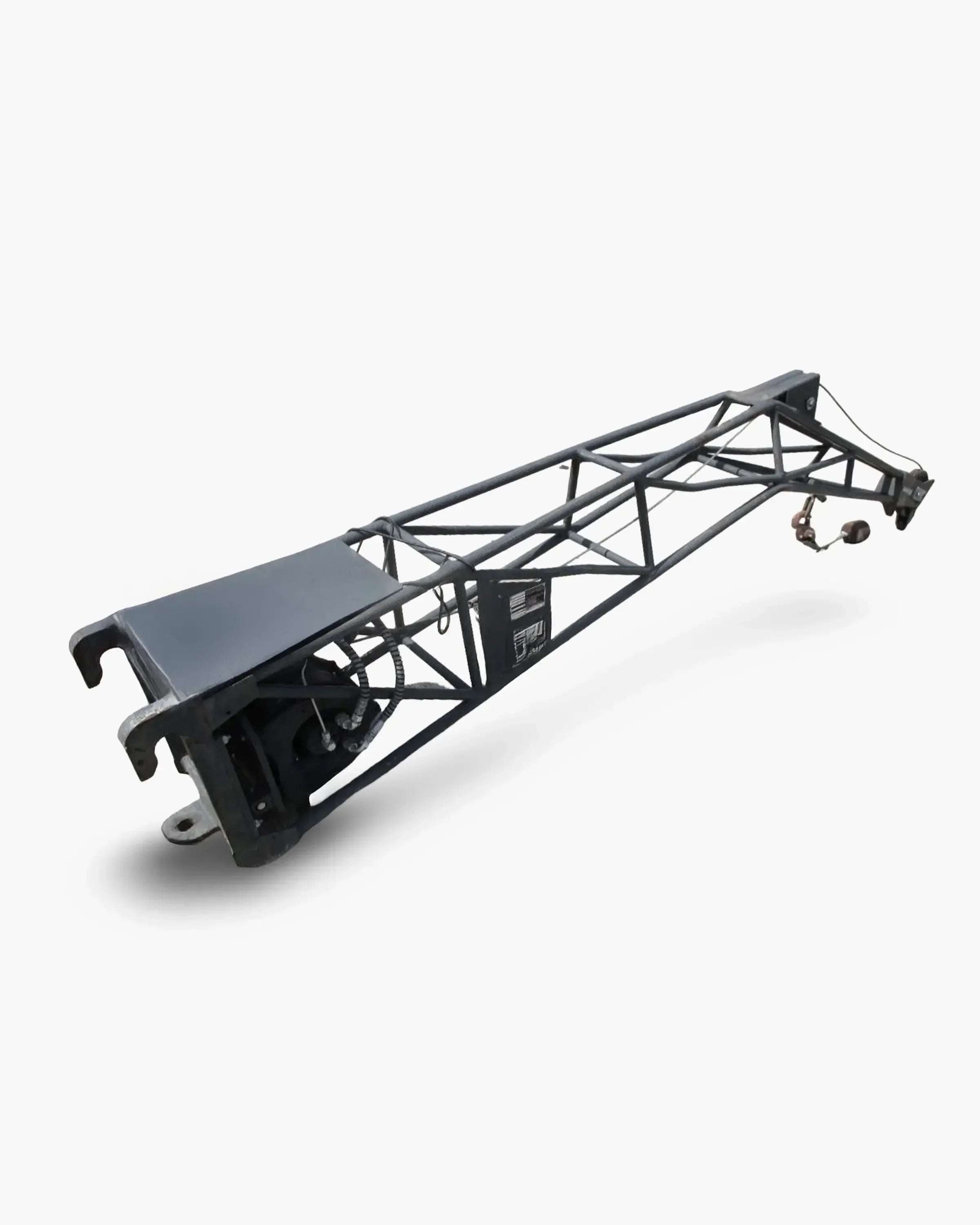
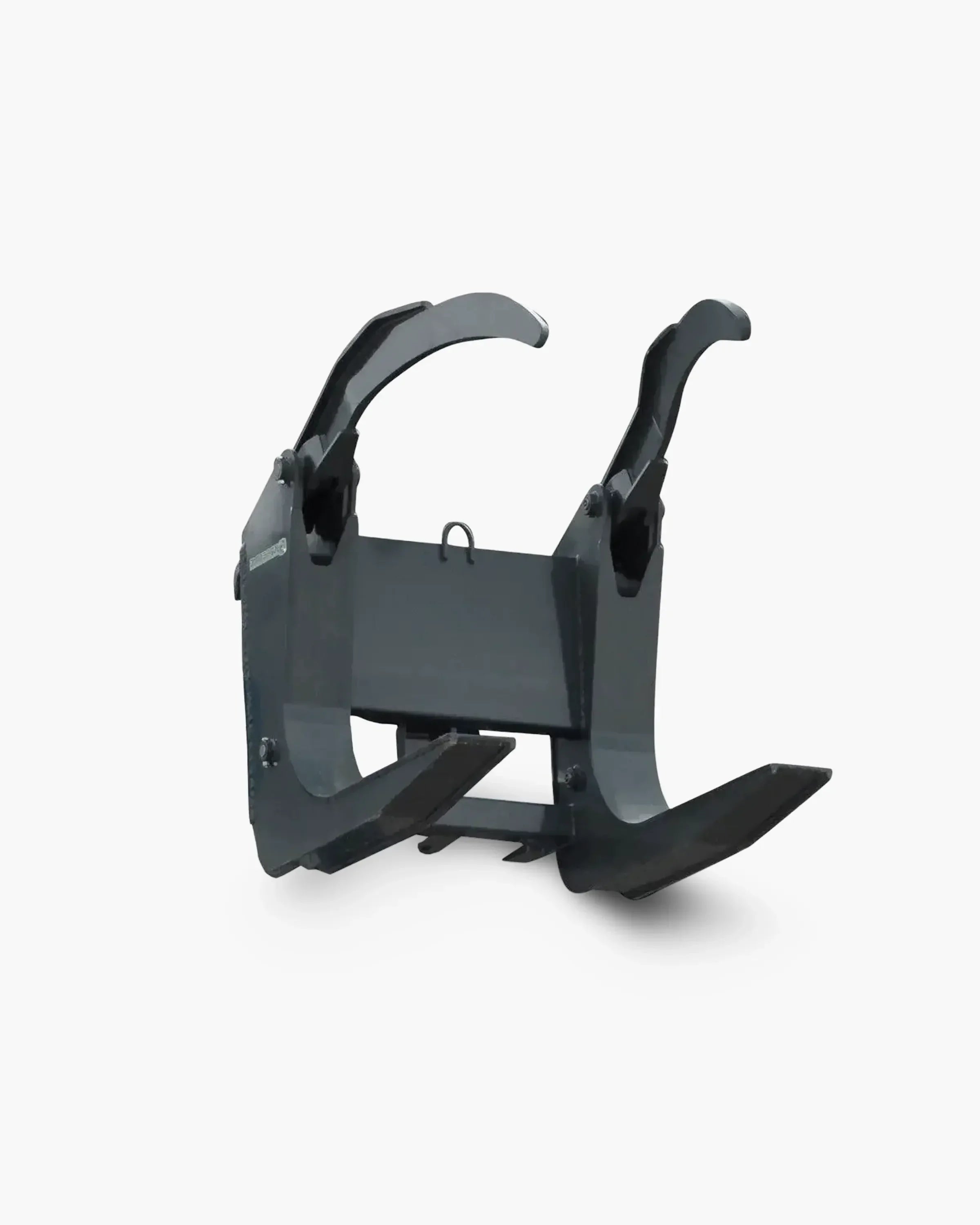
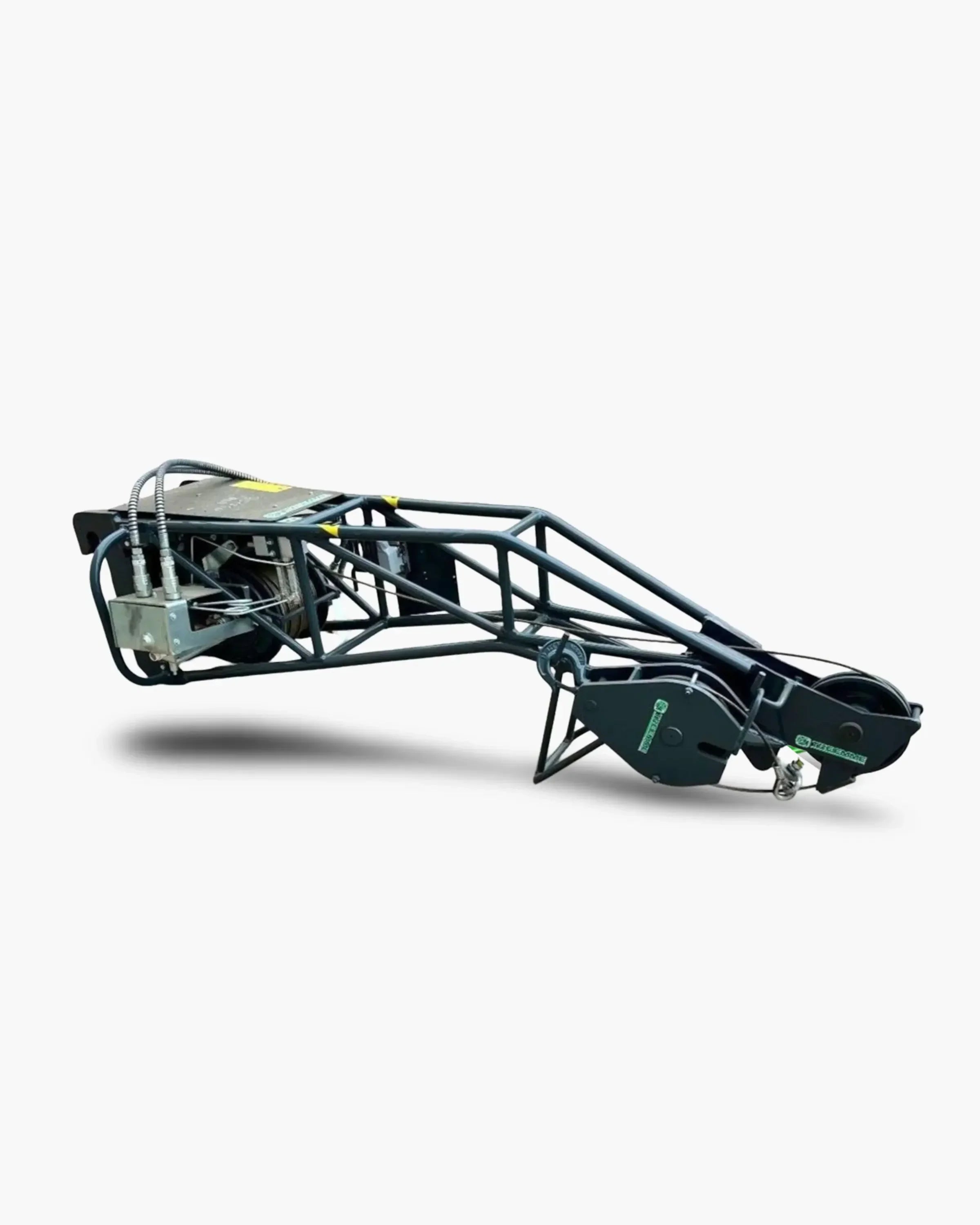

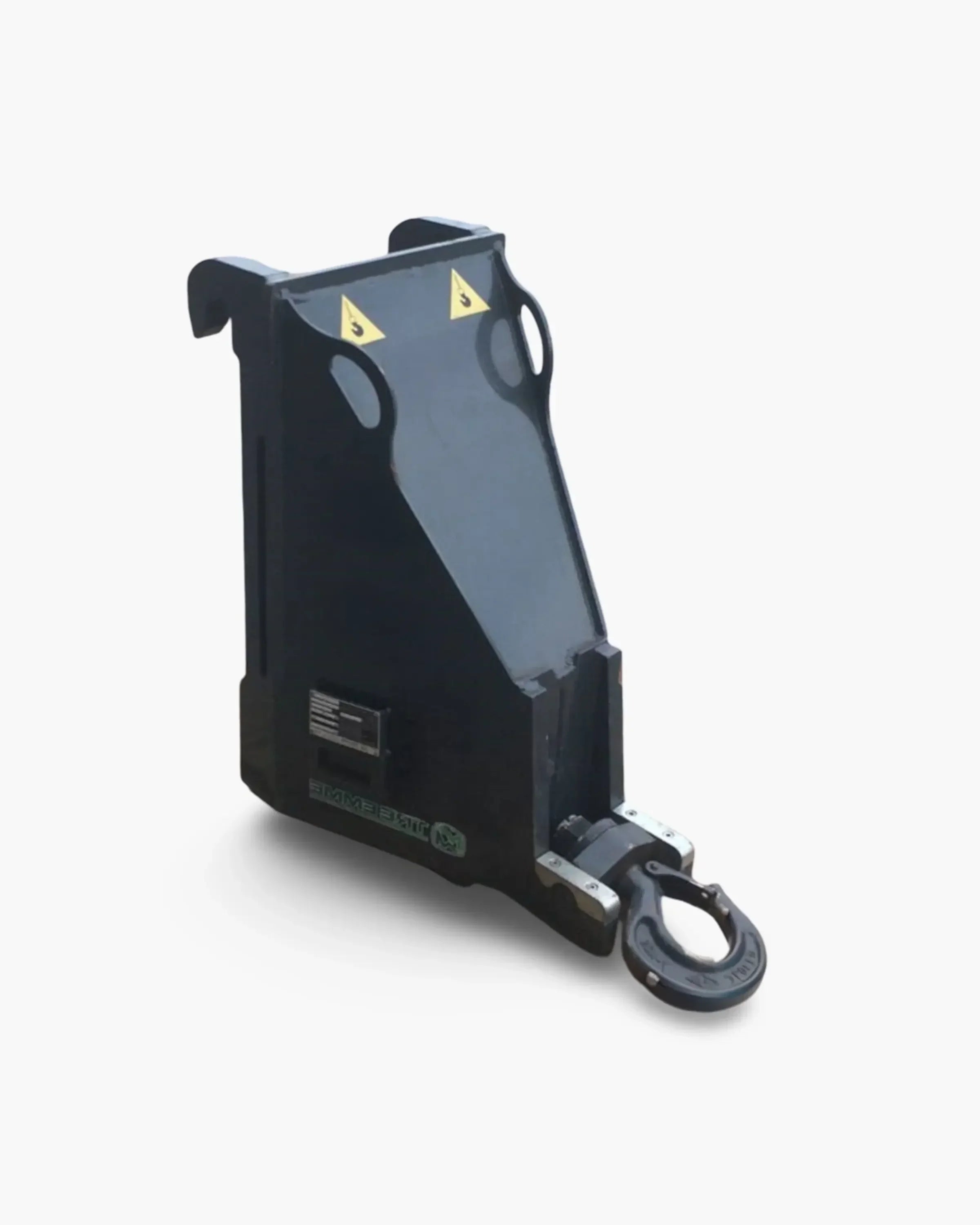
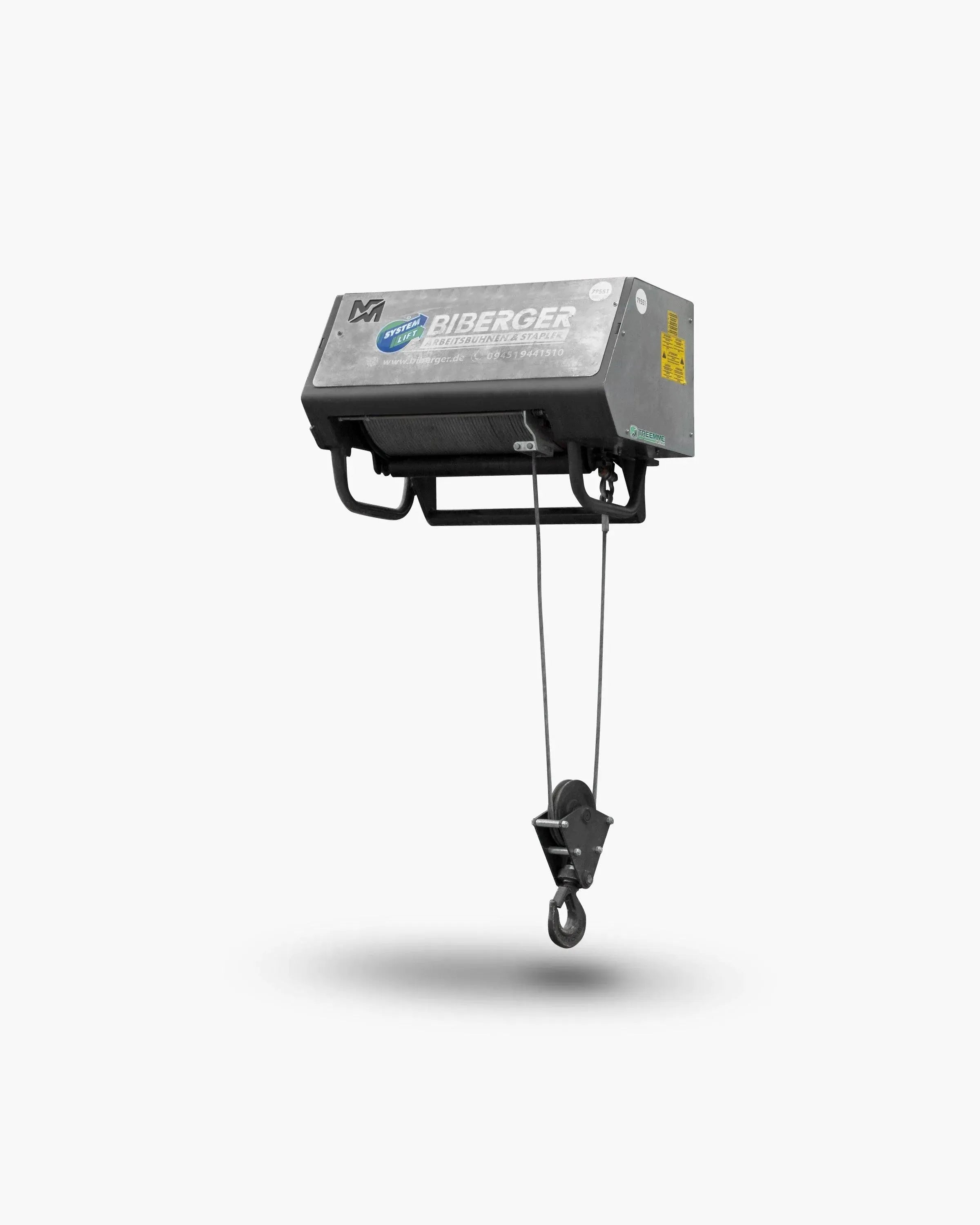
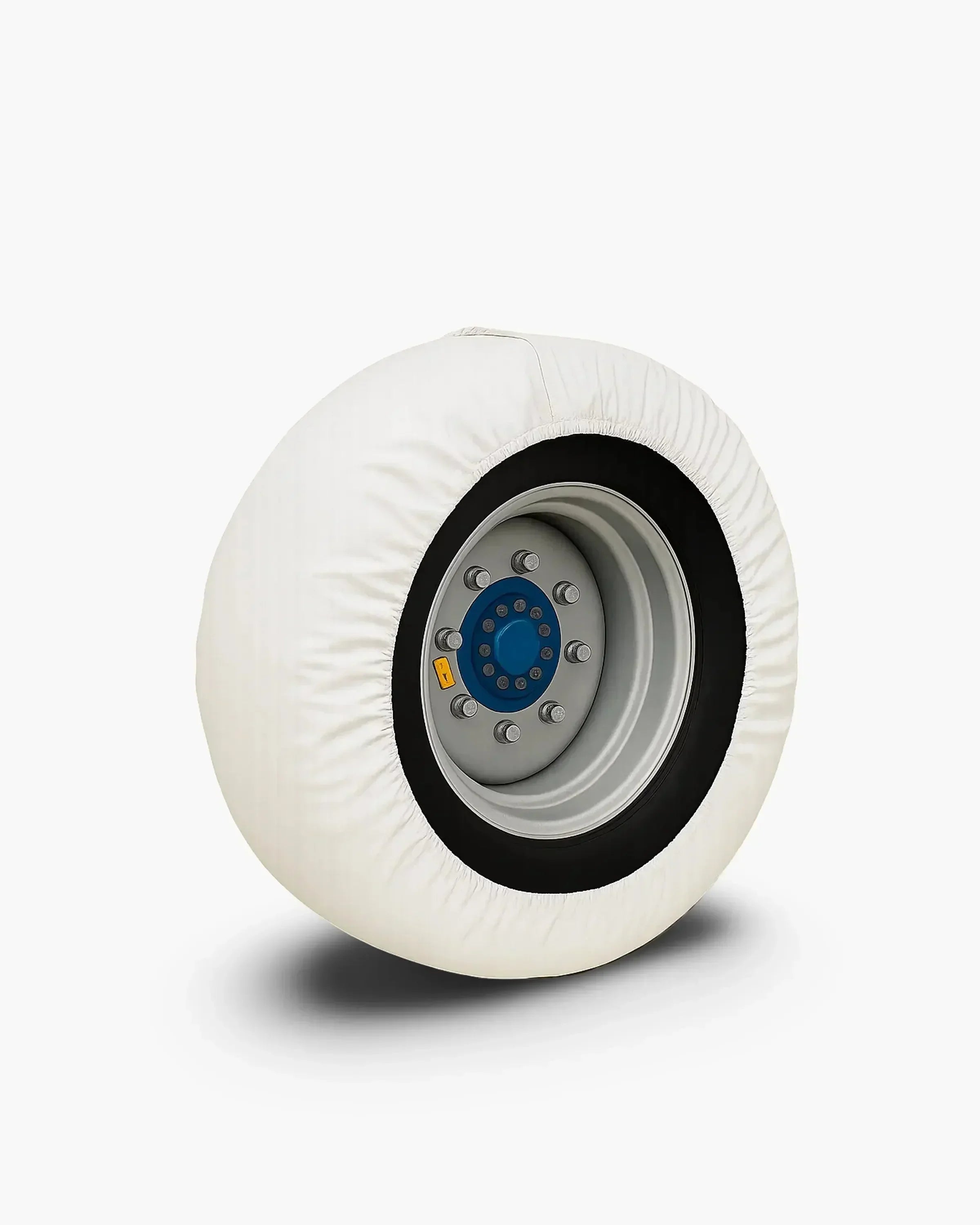


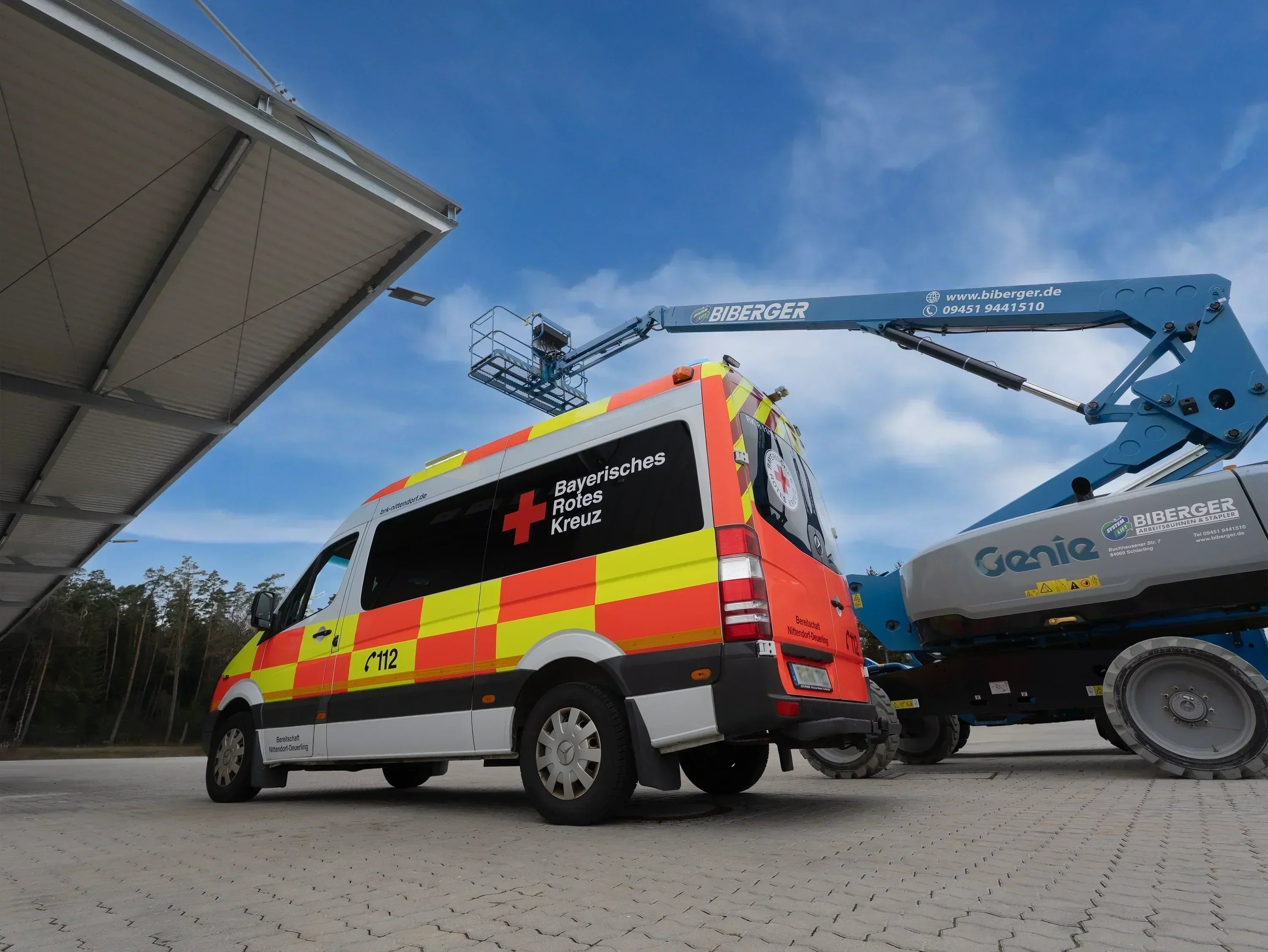

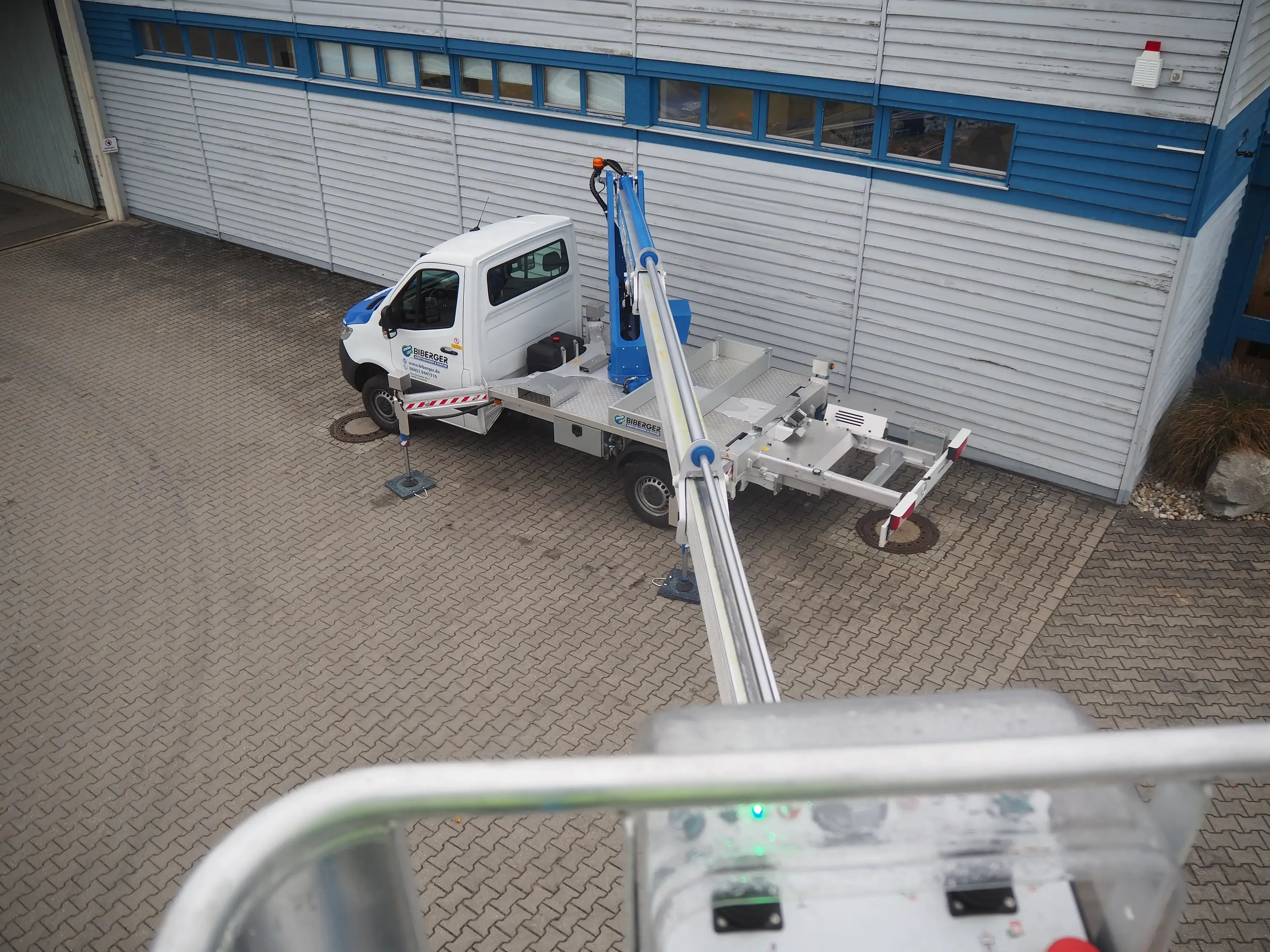


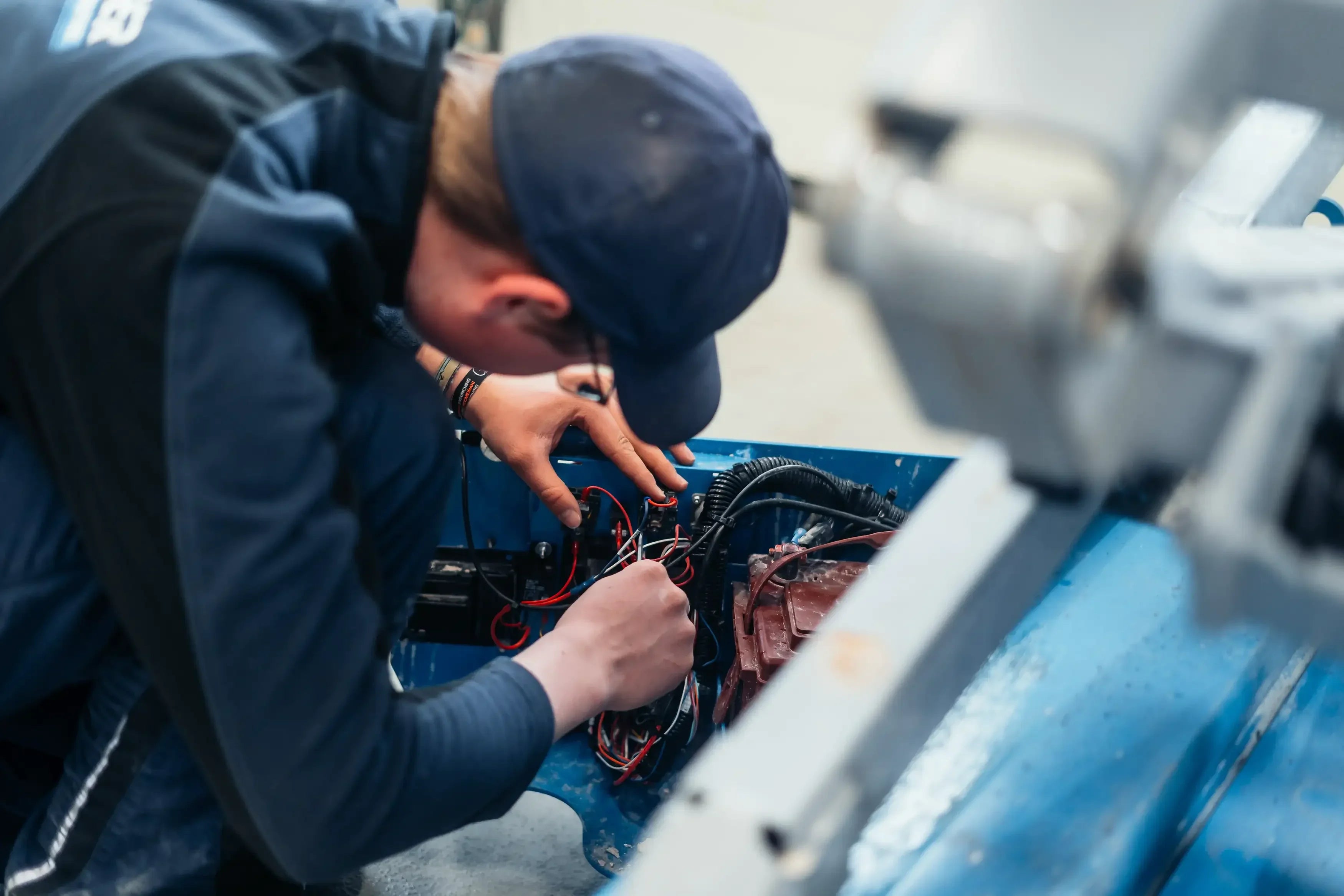
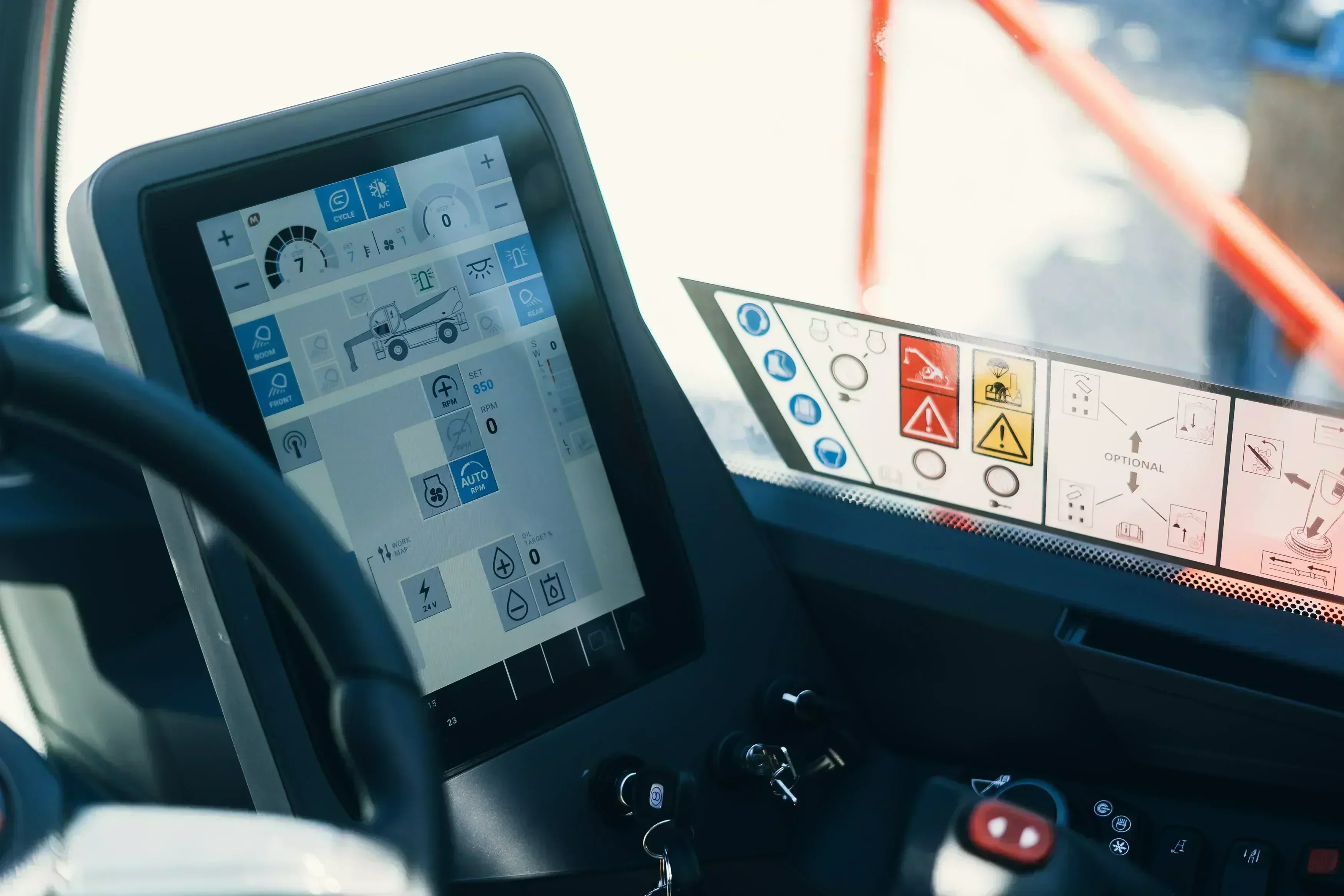
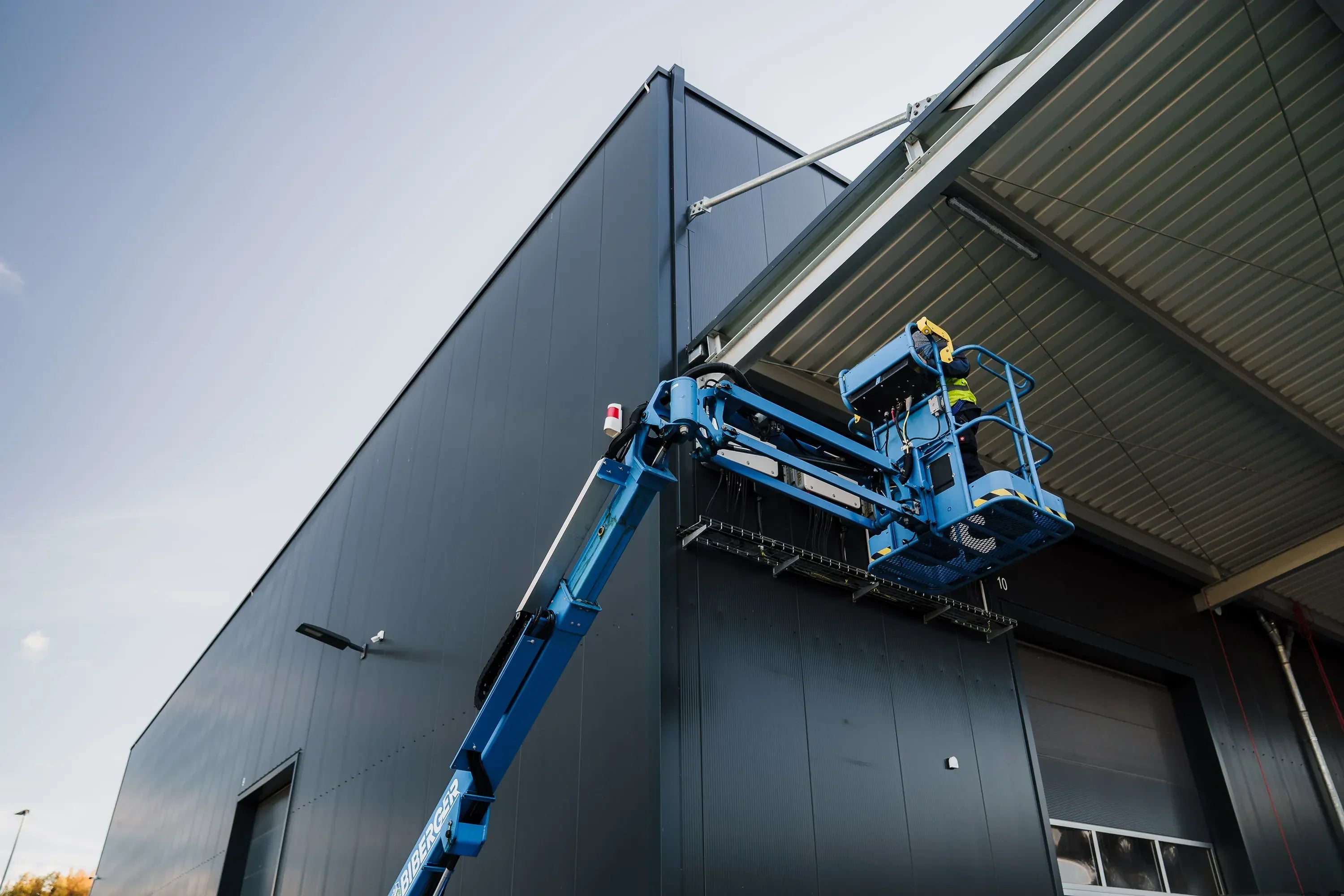
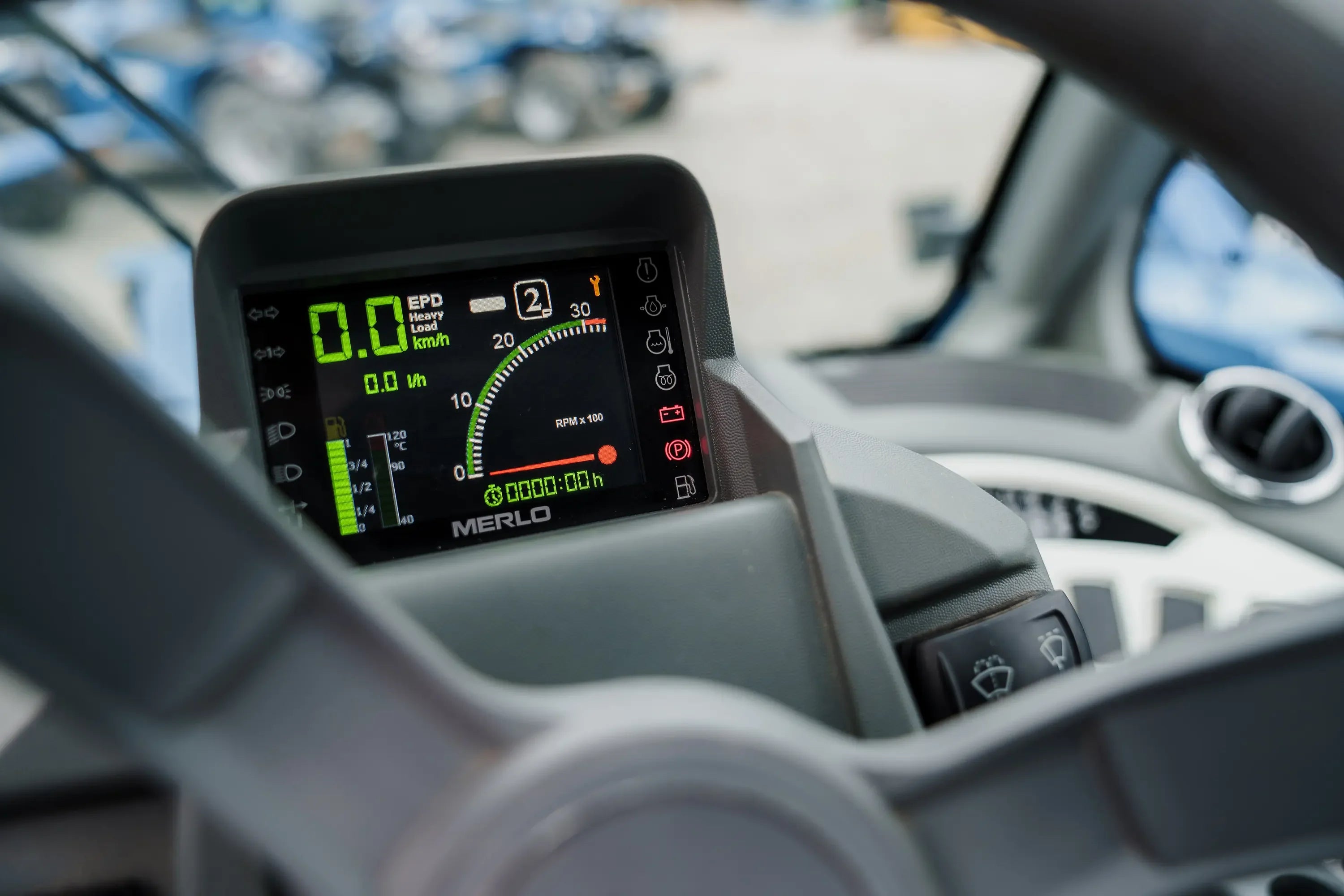
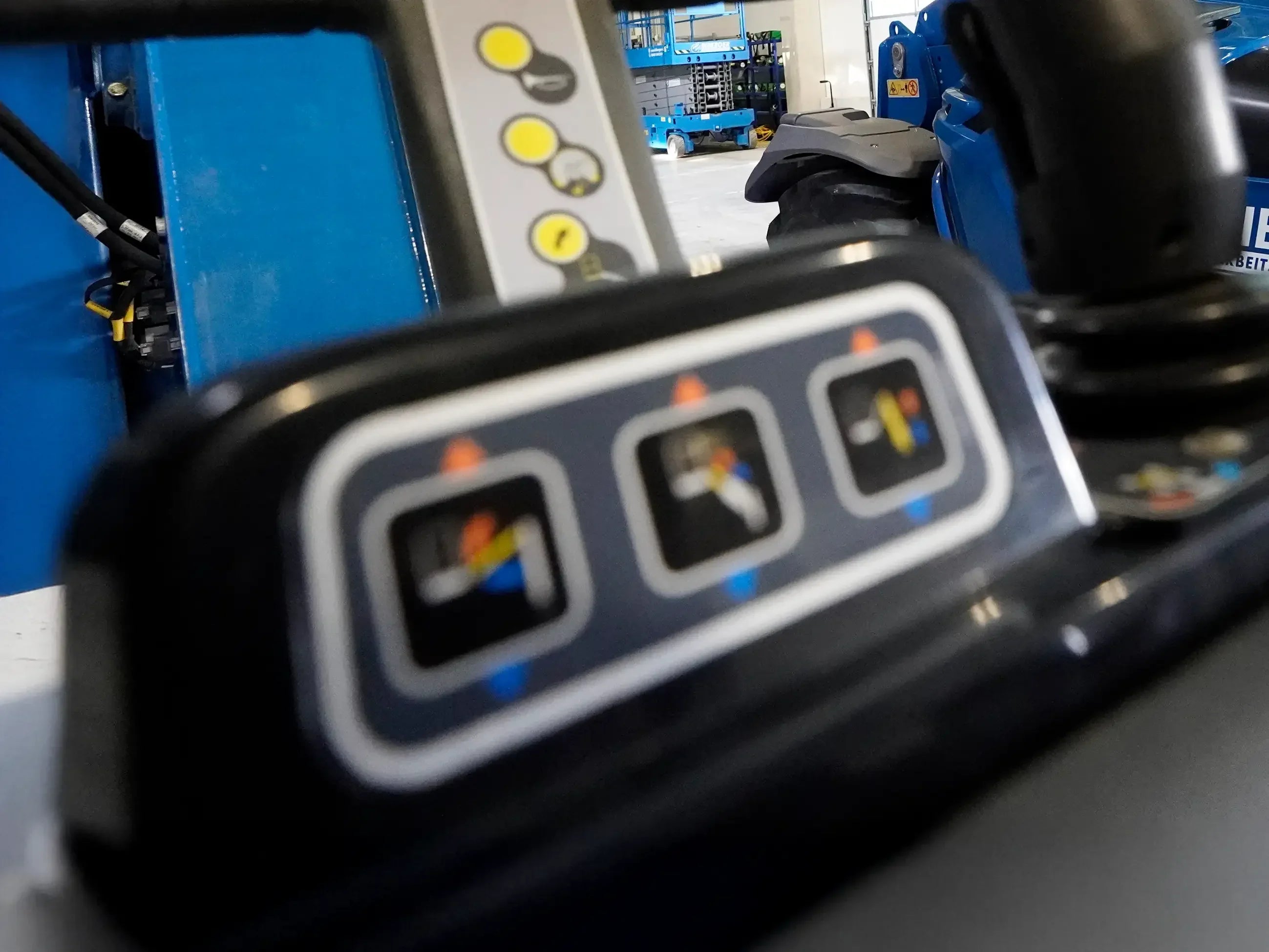






Share:
Driving and maneuvering telescopic work platforms safely: How to do it right
Can a lifting platform tip over? This is what practice says – and the statistics.
Our editorial quality standards
The subject content on biberger.de are editorially created, reviewed, and continuously updated. The basis is our daily work with aerial platforms, telehandlers, and industrial trucks – in rental, sales, operational planning, and technical support.
Each article draws on real-world experience and is editorially reviewed for clarity, accuracy, and practical relevance according to expert criteria. Technical statements are regularly compared against current industry standards and best practices.
The aim of our publications is to make reliable specialist knowledge accessible and to offer guidance to users, decision-makers and industry partners. BIBERGER sees itself as an independent information platform for safe, economical and modern height access technology – well-founded, comprehensible and free from advertising influence.
1 comment
Ich finde die Darreichung des Themas sehr gelungen. Das habe ich so kompakt und versiert bisher noch nirgendwo gefunden. Respekt!